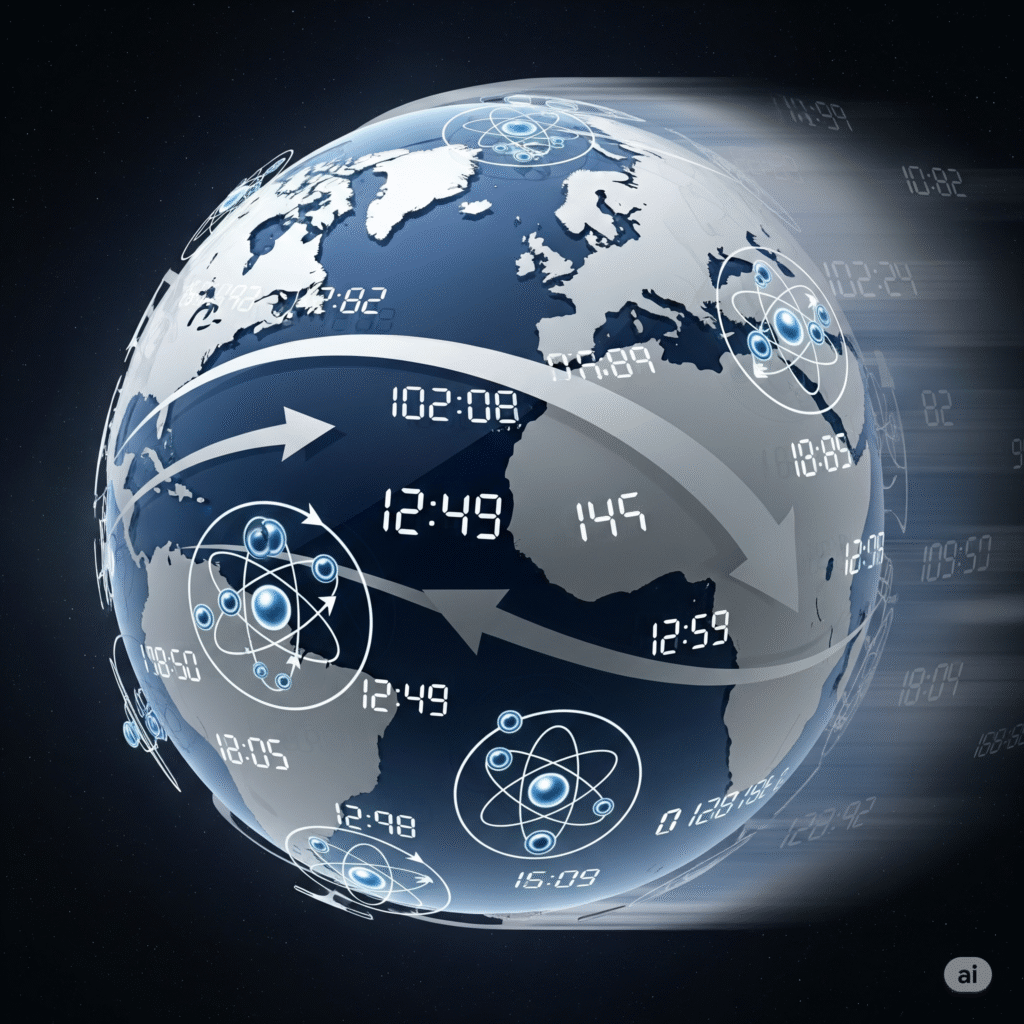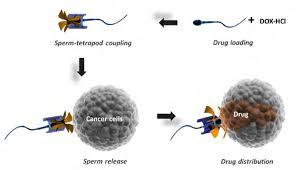On August 5, 2025, Earth will complete its rotation approximately 1.51 milliseconds faster than a standard 24‑hour day, marking the third shortest day of the year. This follows similarly short days recorded on July 9 and July 22. (Chron; Times of India)
Scientists monitoring the trend since 2020 note that these micro‑time shifts can significantly impact systems dependent on atomic precision, such as GPS, satellite communications, and financial networks. (Times of India; Time)
Unexplained Acceleration
The exact cause of this acceleration is not fully understood. While tidal forces from the Moon play a role, scientists are investigating internal drivers such as shifts in Earth’s liquid core. (Time; New York Post)
Experts have warned that if the trend continues unchecked, Earth’s day could eventually shorten by minutes or even hours—a scenario with profound environmental and societal consequences. (New York Post)
Impacts on Timekeeping and Navigation
UTC (Coordinated Universal Time) is maintained using leap seconds to ensure alignment with Earth’s rotation. The growing rotation discrepancy may require a **negative leap second**, a rare adjustment not used before. (Chron)
Even a millisecond disparity can introduce errors in GPS positioning, stock exchanges, telecom networks, and scientific measurements. Precision-critical industries are paying close attention. (Time)
Scientific and Policy Significance
Researchers stress the need for continuous monitoring and new models that include deep geophysical processes, not just surface phenomena. (Time)
Time-standards authorities like the US Naval Observatory, IERS, and UTC committees are evaluating whether a negative leap second will be necessary for the first time in history. (Chron)
Sources: Chron (shortest day report), Times of India (rotation pattern), Time (scientific analysis), New York Post (long‑term implications)




